16 top notch places to stop, just off the motorway
The summer holidays approach and, with them, the prospect of motorway hell. It doesn’t have to be that way, says Jason Goodwin, who presents his favourite civilised pitstops.
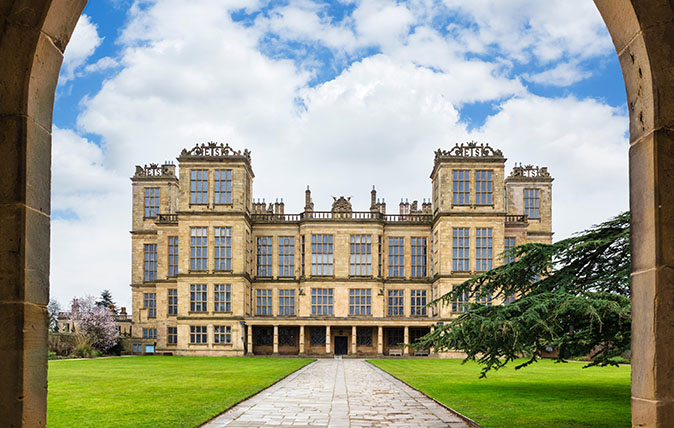
Time was when bright young things would leap into their E-Types and tear up the newly built M1, not so much for the thrill of driving fast as for the excitement of hanging out in motorway service stations. So cool they appeared, so up to date, with their leatherette seats and 24-hour cafes.
It’s fair to say the glamour has departed. Nobody descends these days on Woolley Edge Services with excited peals of laughter or thinks moodily of lighting up a Gauloise at Newport Pagnell.
The trouble with motorway driving is that everything is everywhere the same: the lanes, your speed, the bridges, the gantries, the hard shoulder, a strip of green, the Norbert Dentressangle lorry again. Britain dissolves into a grey ribbon. Cones are cones, from Spaghetti Junction to the Tingley Interchange, and service stations cannot break the spell – except on the M6.
The famous stop at Tebay, near Kendal, opened almost 50 years ago, when local farmers John and Barbara Dunning heard about the new motorway slicing through the Pennines and decided to try their hand at serving good local food to travellers.
Instead of a gallery of chains, a single cafe offers everything from Welsh rarebit to curry, at recognisably ordinary prices. It’s all sourced from a 30-mile radius and has the flavour of Cumbria, with sausages, pies and local cheeses in the excellent farm shop.
"You have not only a cafe, but a farm shop with butcher, baker and, southbound, even a fishmonger..."
Opinions differ on whether northbound is better than southbound – it’s even been whispered that service in both has slipped a little in recent years – but there’s no doubt that Tebay has only one rival: the new Gloucester Services on the M5.
This happens to be run by the same family and bears out the Dunnings’ determination to make these stops reflect the character of the region. A sheet of Cotswold dry-stone walling, 20ft high, sweeps the forecourt. Behind the glass, you have not only a cafe, but a farm shop with butcher, baker and, southbound, even a fishmonger who gets fresh fish in daily from Newlyn.
Exquisite houses, the beauty of Nature, and how to get the most from your life, straight to your inbox.

Unless you’re in Cumbria or Gloucestershire, however, that’s it: the other 112 service stations on Britain’s 2,000 miles of motorway are perfectly charmless. However, with a little planning and perhaps extra time, you can break free – and, once you’ve decided to let your journey become an education and an entertainment, then it’s opportunity all the way.
"Vernacular is more than a bit of bargeboarding on the side of a Harvester"
Moments from many motorway junctions lie pearls of architecture, lovely landscapes, cheerful bars and bustling cafes unknown to the thousands who thunder by, oblivious, on their way to the next non-recyclable coffee cup and cow pie from more than one country of origin.
My favourites cleave to a few simple rules. These alternative stops must deliver you directly to the landscape, where vernacular is more than a bit of bargeboarding on the side of a Harvester, and must be less than 10 minutes from a junction, serve tea as a minimum and let you walk the dog.
When you’re tired of staring through the windscreen on the M1, why not look out across Derbyshire from Hardwick Hall, more glass than wall? The Elizabethan prodigy house is less than a mile from Junction 29. If pressed for time, you can wander the park, eat at the restaurant and admire the vegetables growing in the garden.

Hardwick belongs to the National Trust, membership of which gives you instant access to what might be described as a secret network of grand motorway service stations.
Like many Welcome Breaks and Motos, they may not be open 24 hours – and perhaps not at all in winter – but from Dyrham Park in Gloucestershire (two miles from junction 18 on the M4) to Nostell Priory in West Yorkshire (less than five miles from junction 32 on the M62, junction 38 on the A1(M) and junction 39 on the M1), the Trust has a wealth of treasure houses equipped with grounds and good cafes. There’s even a website dedicated to finding them: www.nationaltrust.org.uk/lists/calm-places-to-pause.
When you’re on the M1, Kirby Muxloe Castle in Leicestershire (one mile from junction 21a, northbound exit only) is a proper ruined castle, begun during the Wars of the Roses and cared for by English Heritage. Work stopped when Richard III executed its owner for treason. There hasn’t been good food there since, but the Royal Oak, a short walk down the road, supplies the want.
The M6, our longest motorway – 232 miles from Rugby to the Borders – is also England’s spookiest road, according to a 2006 survey. There are some suitably ancient houses to explore off it, including Sizergh Castle (five miles from junction 36), a very English jumble. It’s a medieval house with Elizabethan wings, crenellations, panelled rooms and 1,600 acres for the dogs.
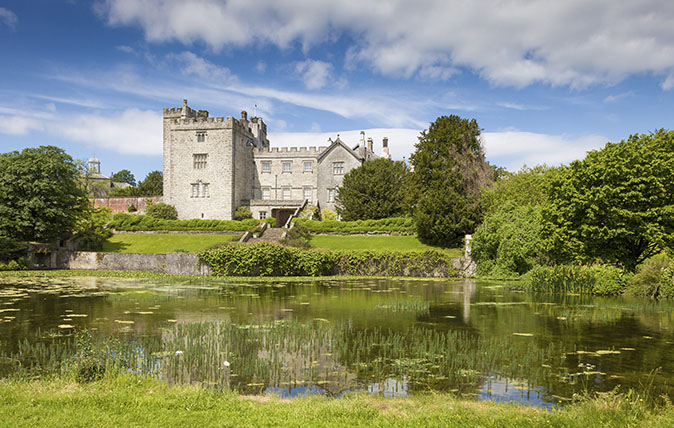
Just outside Wolverhampton, only seconds from the motorway (two miles from junction 10a), Moseley Old Hall is another Elizabethan house, which hid Charles II in 1651; its knot garden and contemporary planting evoke that dramatic period.
At the north end of the M5, between Worcester and Birmingham, you could inspect the gardens at Hanbury Hall (five miles from junction 5), which date from William and Mary’s reign. The gardens, laid out by the plantsman and Baroque designer George London, have been recently restored by the Trust.
Where the M5 slides through Bristol, Blaise Castle estate (two miles from junction 17) is a parkland of gorges, caves and rocks, offering a chance to peer at John Nash’s celebrated cottage ornée at Blaise Hamlet, a 10-minute walk from the cafe.
In 1966, Barbara Castle, our Transport Minister, rather weirdly described motorway interchanges as ‘the cathedrals of the modern world’. More plausibly, they can be gateways to the cathedrals of the real world: Winchester is 10 minutes off the M3 (junction 9), Worcester is slightly quicker off the M5, with parking on the square, and Wakefield (M1) a few minutes more.
"Travel is like compost: you can only get out what you put in"
Speaking of Wakefield, motorway drivers can sometimes experience the illusion that their car is stationary and the road is a ribbon being slowly reeled in and tucked away under the bonnet. At this point, sculpture therapy could bring relief: the Yorkshire Sculpture Park is a mile from the M1 (junction 38) with a collection of shapes by the likes of Antony Gormley, Ai Weiwei and Dame Elisabeth Frink – all utterly unlike the hard shoulder of the M1.
There’s a shop to pick up recherché presents for your hosts, too: ostrich-feather dusters, tea towels or a book on Barbara Hepworth and Yorkshire. Entry is free, parking starts at £3.

Fractious children and anxious parents are found at every service station, the children slouched and fed up, gorging on chocolate, the parents harried and barely speaking, paying over the odds for a snack nobody much likes.
However, were you to find yourself in daylight hours in season, Kenyon Hall Farm, a mile off the M6 (junction 22), is the place for you all. You can send the children into the pick-your-own allotments to gorge on fresh peas as you have tea. If they won’t go picking, unleash them for nothing on the maize maze or the bale mountain.
Travel is like compost: you can only get out what you put in. None of these stops is as quick as a dash to the pumps and the Costa coffee machine, but that’s not what you’ll remember. It’ll be the bale mountain, the glimpse of Charles II in a knot garden or a sunset across the moors.
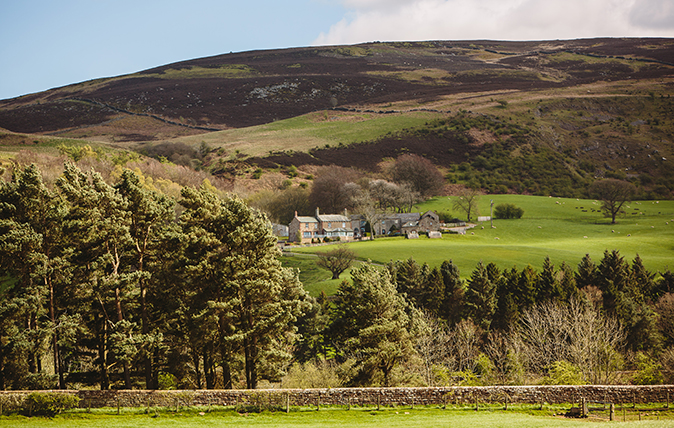
Credit: Barnaby Aldrick / Tottergill Cottages
Tottergill Farm review: Cosy cottages perched spectacularly above the Pennines
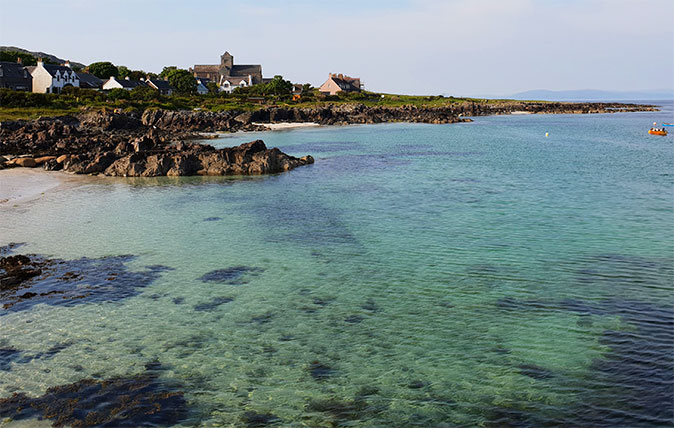
Credit: Steve Ayres Scotland 2018
Across Scotland by bike: Glorious views, great curries – shame about those midges...
Country Life's Steve Ayres is taking a trip that's a biker's dream: touring Scotland on a Triumph Tiger XRX 1200. In
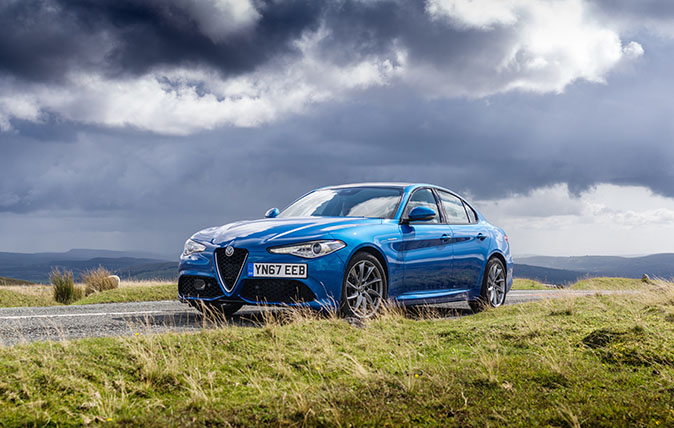
Alfa Romeo Giulia Super review: An Italian masterpiece
Our motoring expert Charles Rangeley-Wilson will never look back after test driving this incredible car.
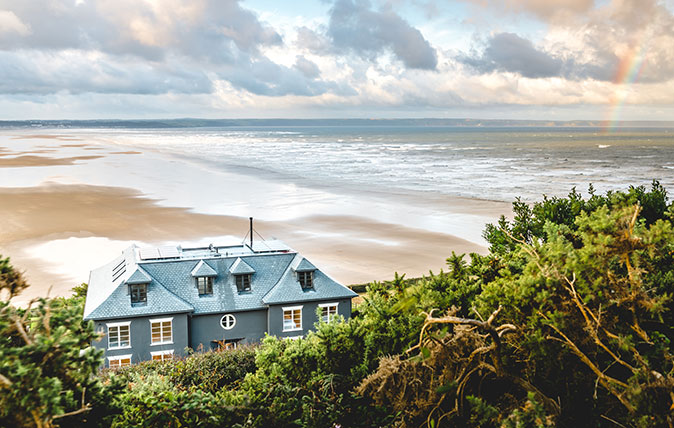
Credit: Will Bailey / Chalet Saunton
Chalet Saunton review: A dog-friendly Devonian retreat
Paula Lester is blown away by Chalet Saunton, a contemporary retreat in North Devon situated above a beach that allows